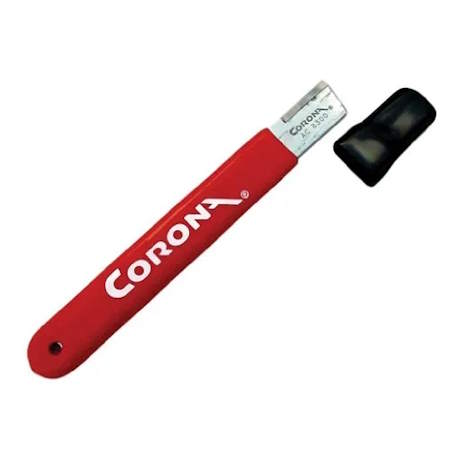7 plants to prune in July – and expert tips for how to trim properly for better, bigger blooms
See our guide to trees, shrubs, perennials, and more to prune this month
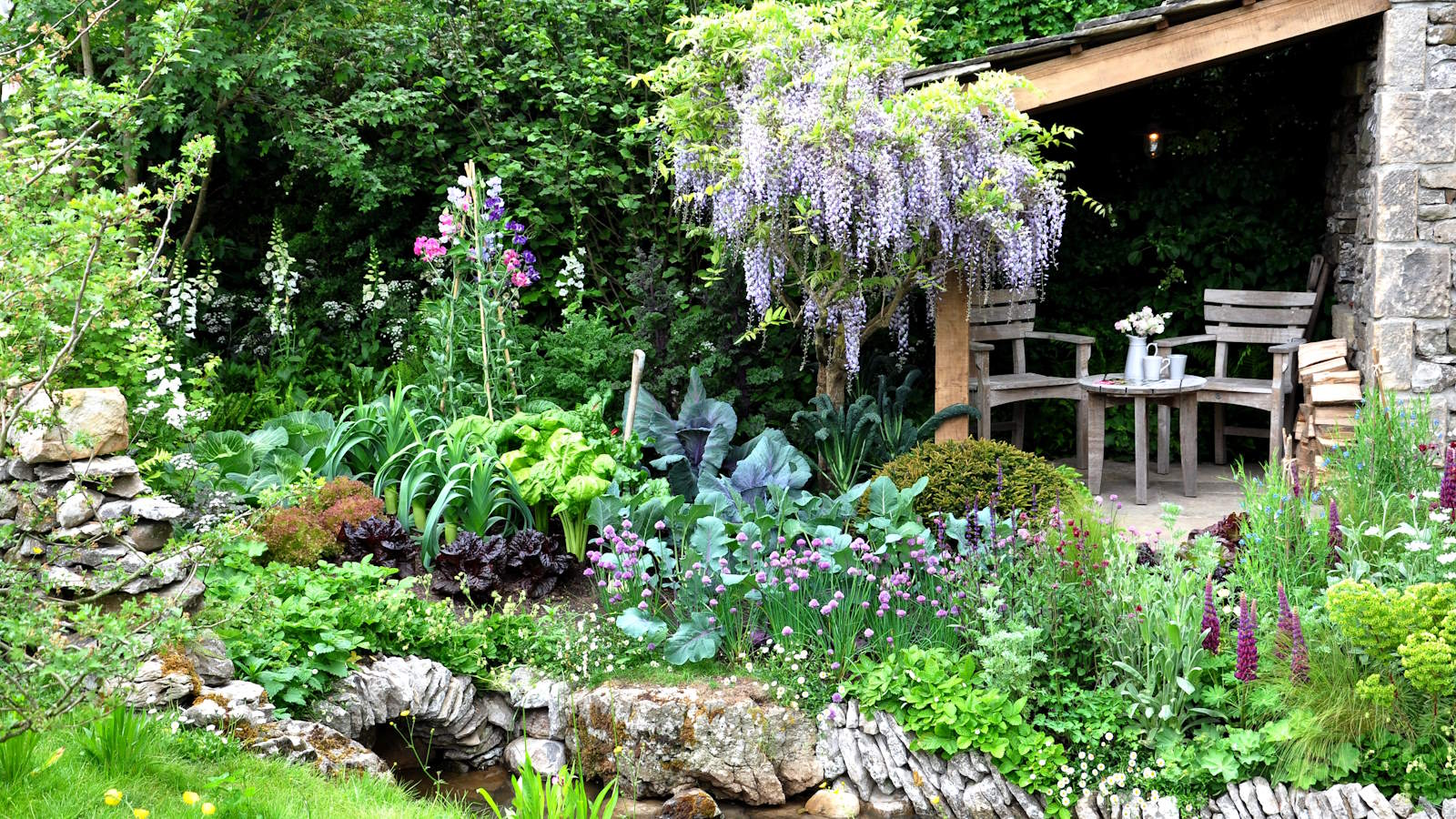

July is always a very vibrant and bustling time in the garden. As the temperatures peak for summer, your plants quickly grow as they bask in the warmth and the garden is full of color, scent, and texture.
The summer gardening checklist rapidly fills up too. As well as regular tasks such as watering, feeding, and deadheading, there are still seeds to sow, plants to add to beds and borders, and shrubs, trees, and perennials to prune.
I spent years working in large and varied public gardens in the UK and July was always a hive of activity. Pruning was a regular summer task to keep the gardens in top shape and ensure plants were healthy and full of life.
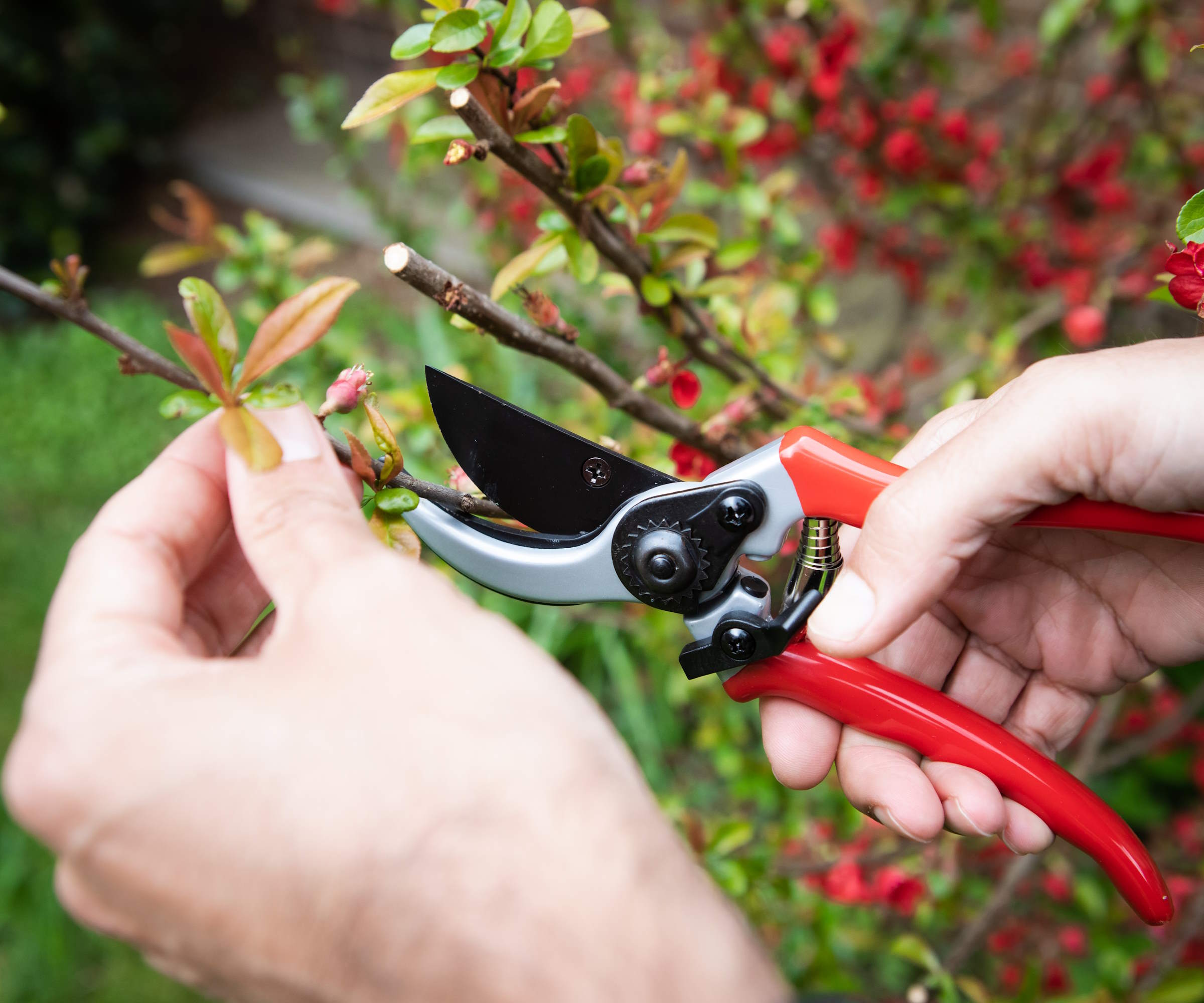
What to prune in July
Not all plants will thrive with a summer prune, so refrain from rushing out with your tools and giving everything a quick hit. Some plants actively want a summer prune, while others are best not to prune in July.
Do some research before reaching for the shears, however, to help here are 7 popular plants that will benefit from a trim this month.
1. Wisteria
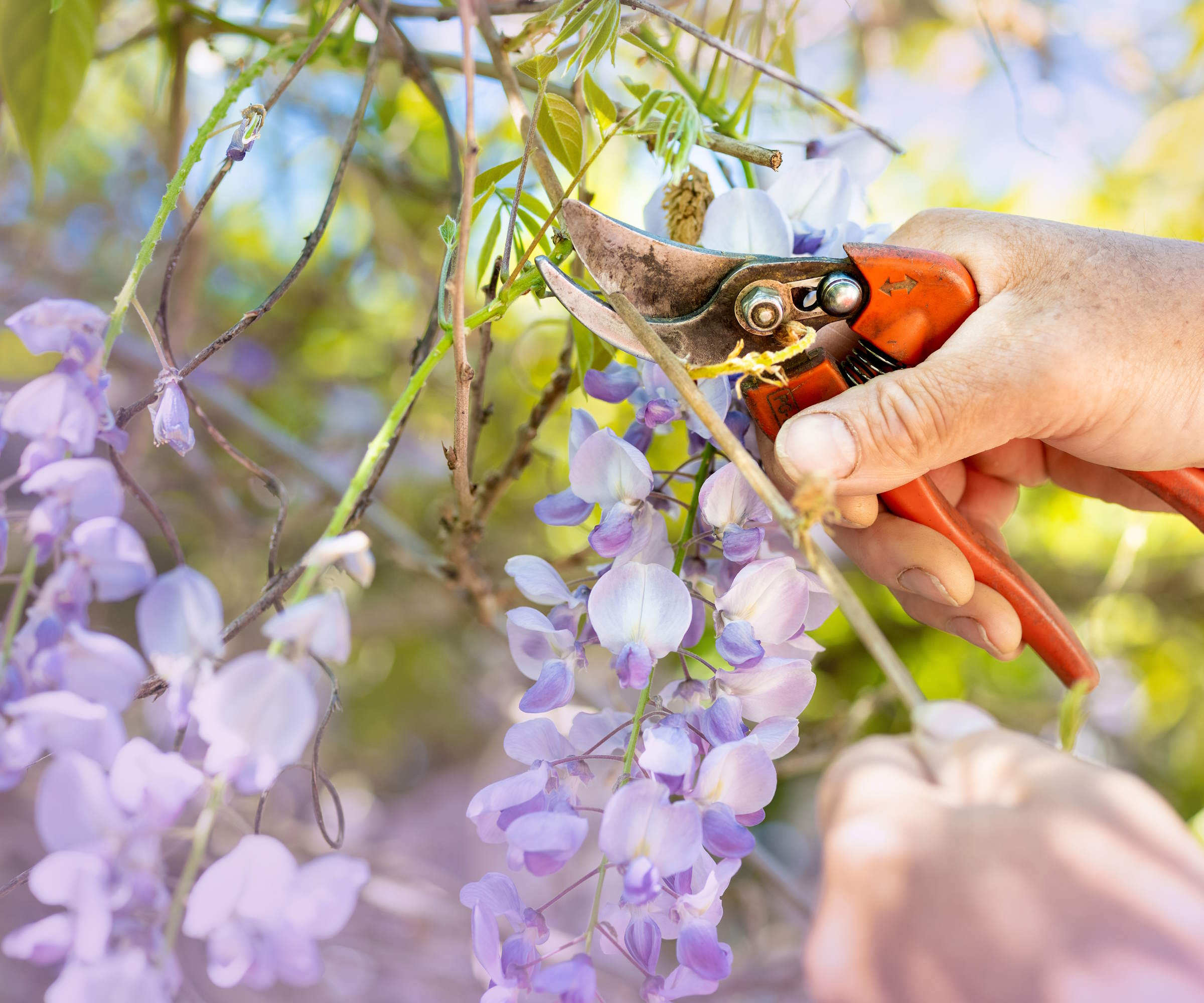
Wisteria is a fast-growing flowering climber that is both stunning and versatile. Whether you seek a beautiful plant to cover a fence or a climbing plant for an arch, wisteria is a perfect choice. It is adored for its long racemes of flowers that dazzle in late spring and summer.
To keep a wisteria looking and performing at its absolute best, prune the climbing plant twice each year. Once in late winter or early spring to encourage the production of buds and in summer to check the growth and stop it getting too wild.
July is an ideal time in summer to prune wisteria. As for how to prune wisteria in summer, it is very simple to do. Focus on pruning the long and whippy shoots that have grown that year back to five or six buds.
2. Hardy geraniums
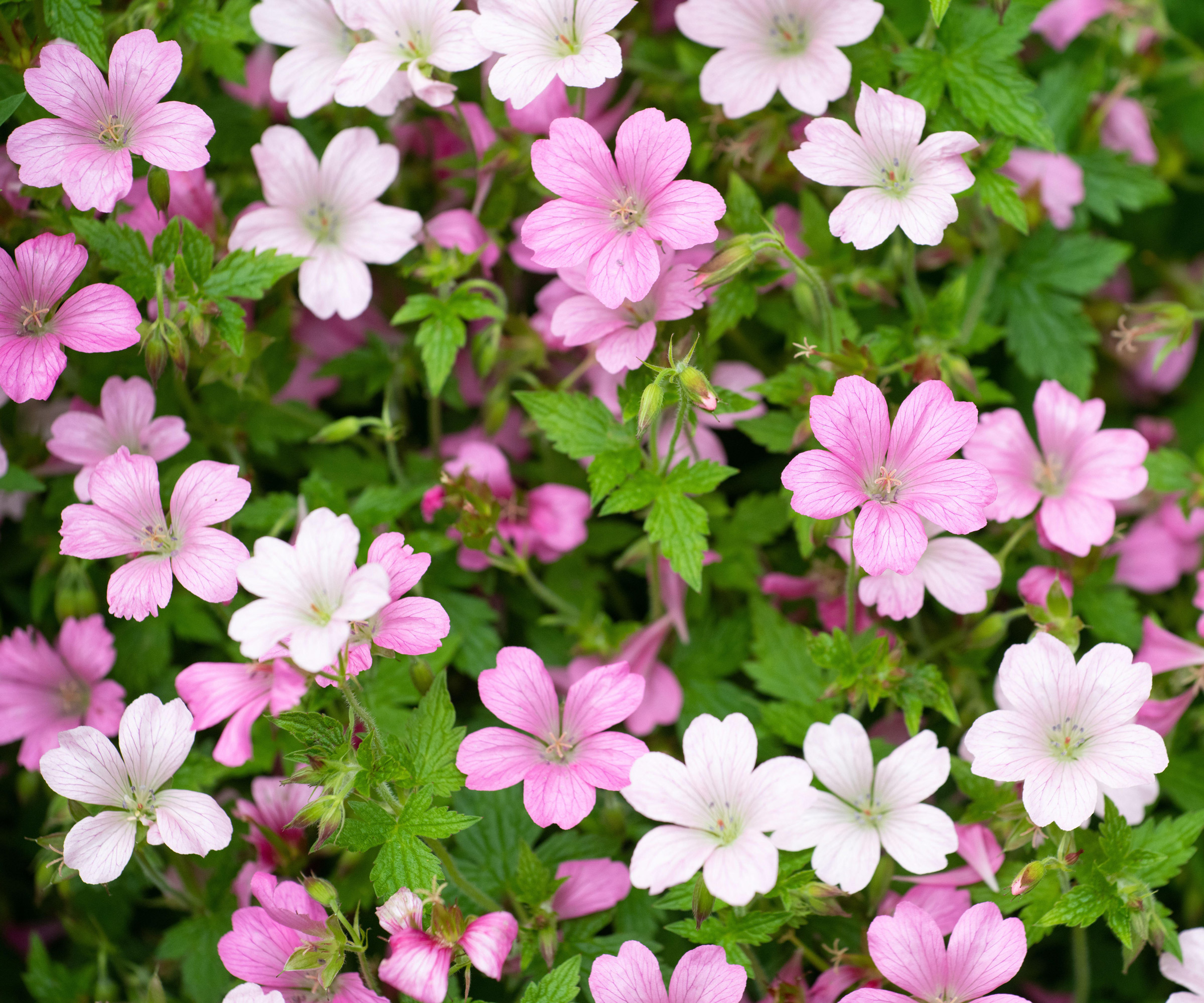
Hardy geraniums are long-flowering perennials that can bring swathes of blue, purple, pink, and white flowers to flower beds and borders in spring and early summer. These early-flowering perennials can be encouraged to bloom a second time that year by being cut down in July.
Once the first flush of flowers has ended, simply use a pair of shears and cut the hardy geraniums back to just about ground level. This will tidy up the bed, prevent the plant from flopping and swamping other plants in the border, and encourage the growth of fresh foliage and a new flush of flowers come late summer.
It is a quick and easy way to keep geraniums blooming and the same tactic can be applied to other early-flowering plants, including delphiniums and digitalis.
3. Box
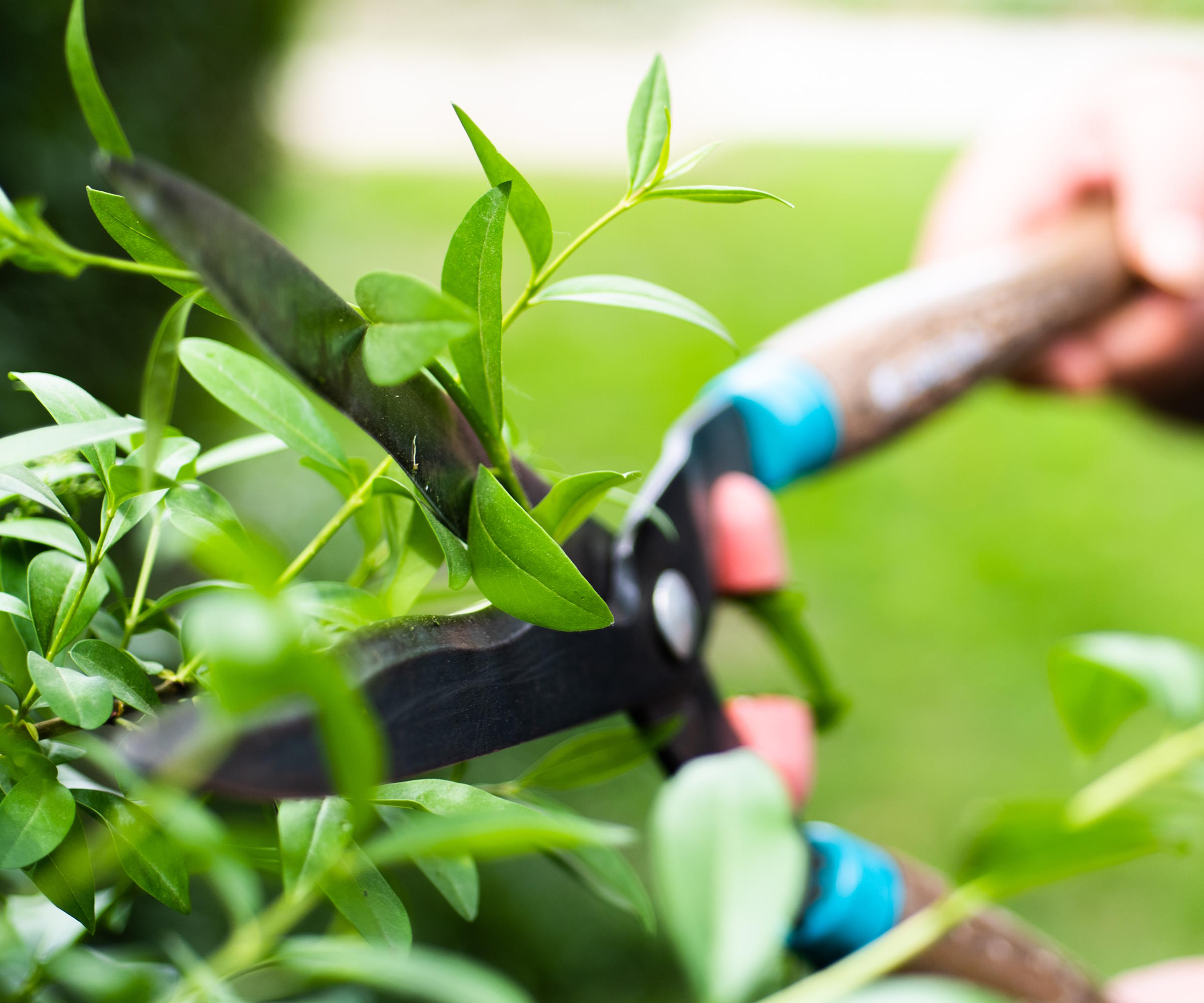
Buxus, more commonly referred to as box or boxwood, is a classic evergreen shrub that has been used for centuries as a topiary plant, for low hedging, or to create formal parterre gardens. It is a very versatile evergreen shrub that can work as an individual or en masse if you are landscaping with hedges.
Established box plants or hedges are often trimmed twice a year to keep them looking sharp, many gardeners choose to trim the evergreen bushes in late spring and late summer.
However, if you only want to prune boxwood bushes once then late July offers an ideal window. I used to work in a garden which featured a lot of box hedging and we started the task of pruning in July each year.
4. Espalier fruit trees

Espalier fruit trees are pruned twice a year to keep them healthy and productive, once in the winter and then during the summer. The summer prune is vital to develop productive fruiting spurs and opens up the tree so that the fruit gets more light and air.
Pruning any trained apple trees or pear trees can take place throughout July or the start of August. The sign to head out and trim is when the lower third of the shoots has started to turn woody and firm.
The method for pruning espalier fruit trees in summer is to trim back all the vertical shoots that have grown from the horizontal to two buds, which should be around 2-4 inches from the base.
Take care when pruning not to damage or knock off any fruit ripening on the tree.
5. Tomatoes
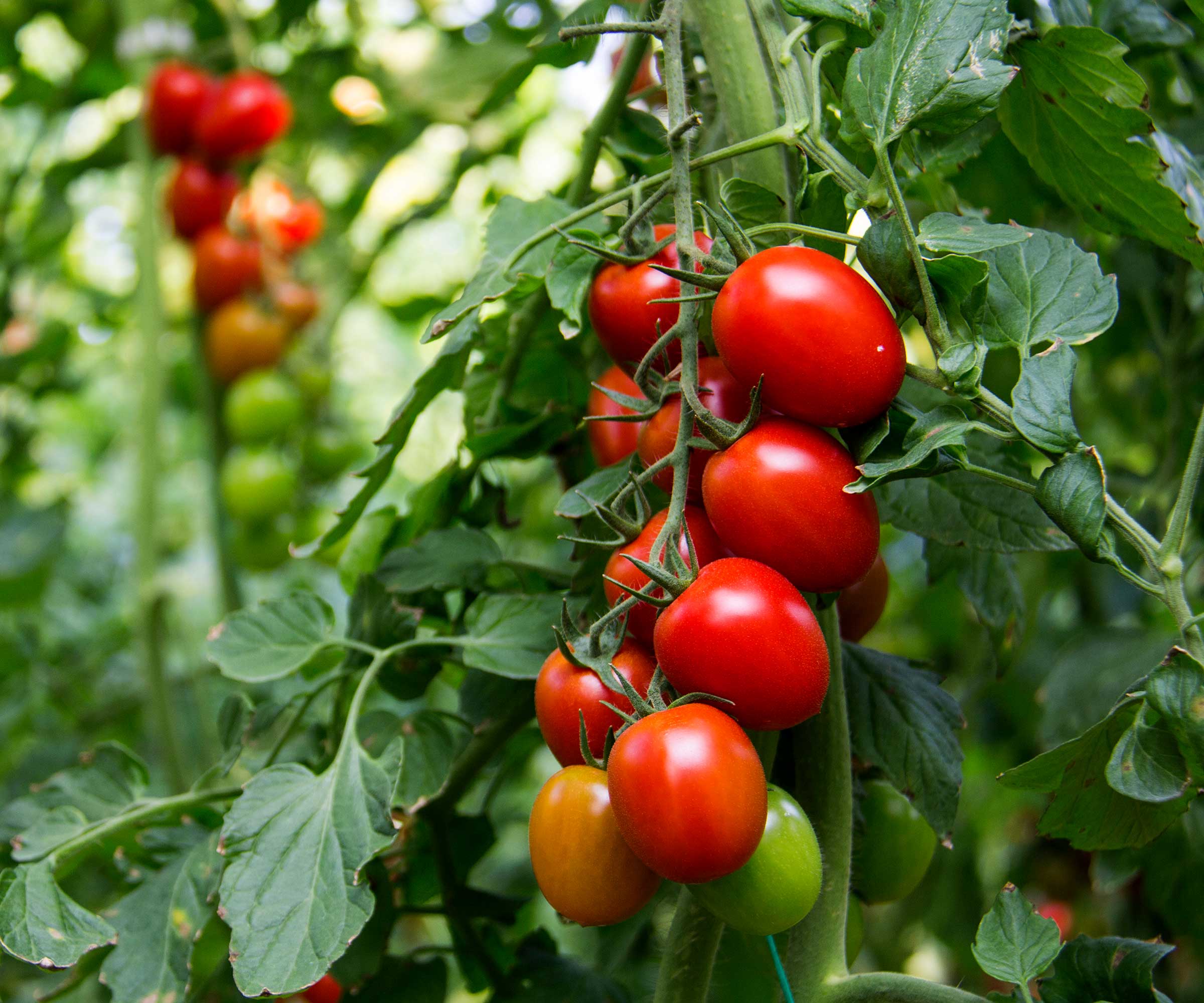
Tomatoes are one of the most popular edible plants people grow in backyard vegetable gardens. If you are new to the world of growing tomatoes, knowing when and how to prune tomato plants is a fantastic skill. It is simple to do and you are rewarded for the effort with stronger plants that produce larger and quicker-maturing tomatoes.
Indeterminate, or vining tomatoes, are the tomato varieties that want to be pruned throughout the summer. This starts in late June or early July when the first flowers open. To prune tomatoes, remove suckers that grow between the main stem and leaf branches - these can be pinched out with your fingers or removed with a pair of pruning shears.
Regularly checking and removing these suckers means you can get them early and prevent them from taking more of the plant’s energy away from producing and ripening tomatoes.
Towards the back end of July, once the first trusses have formed, prune the lower foliage from the plants. This increases the light levels to help ripen fruit and lessens the risk of tomato blight.
6. Walnut
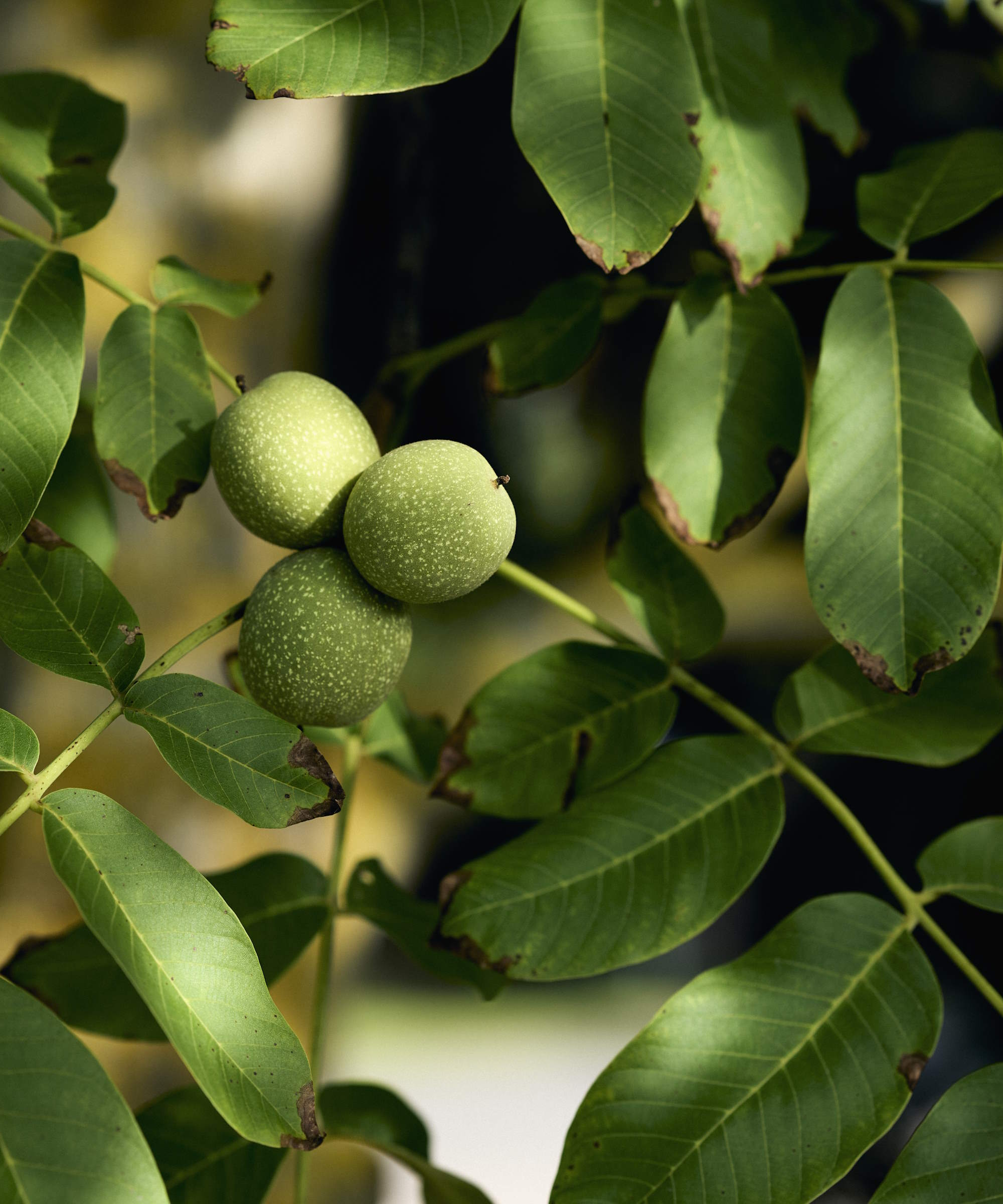
Walnut trees can get very tall, up to 100 feet, and provide a bumper harvest of nuts in the right conditions. They are relatively undemanding trees that do not require lots of regular pruning, however, getting the timing right for trimming is important.
The majority of trees are pruned in late winter during their dormancy. That would be a tree pruning mistake for walnuts, though, as they want to be trimmed during the mid-summer because they bleed sap. The sap starts rising much earlier in walnuts than in other trees and that causes them to bleed profusely if they are pruned in late winter or early spring.
Walnuts do not tolerate hard pruning, so show restraint when pruning tree branches and observe the one-third pruning rule to avoid removing too much wood.
7. Apricots
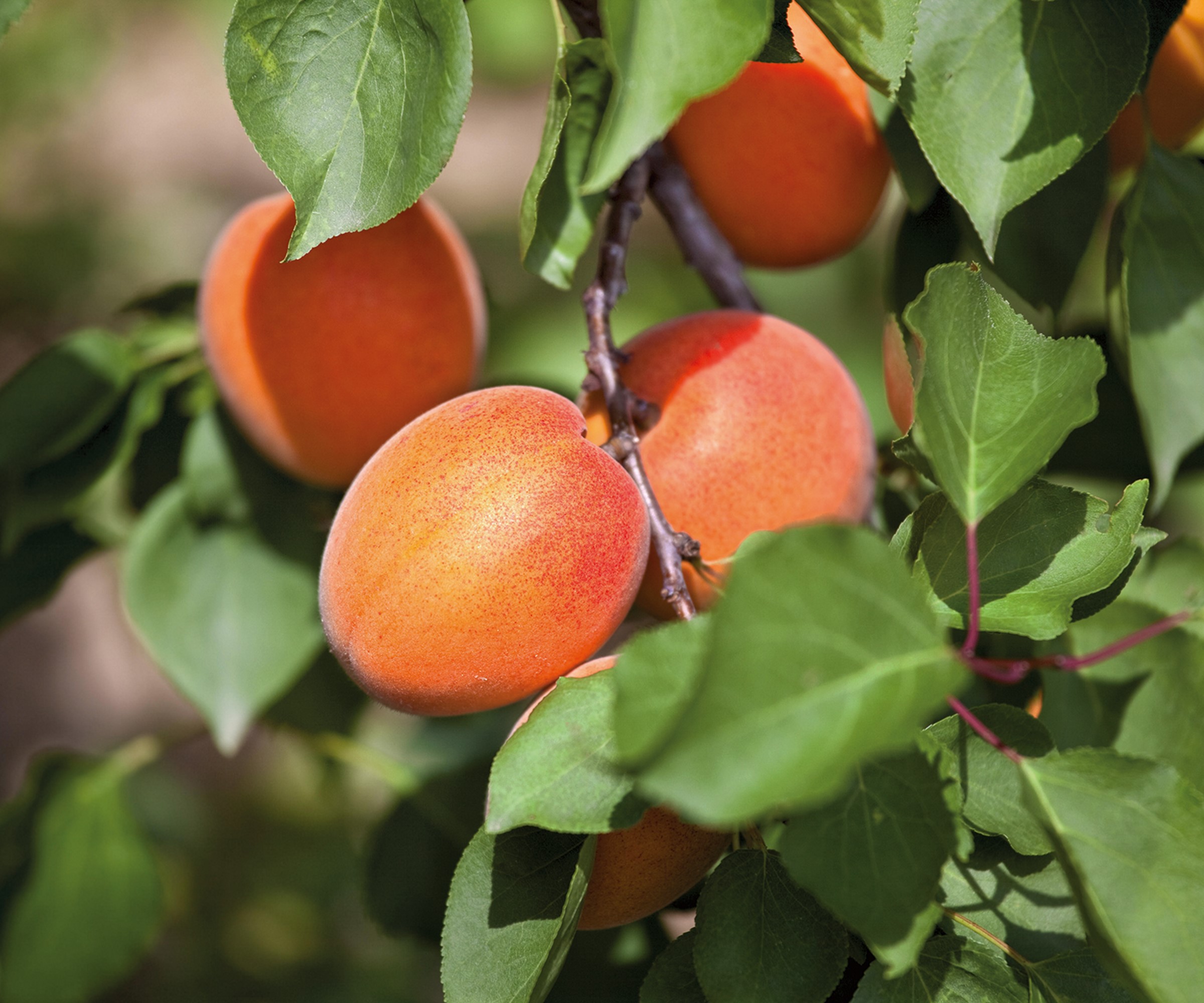
Apricot trees are fast-growing fruit trees and, once established, they want to be pruned in early summer.
The time to prune an apricot tree is after the fruit has been harvested, which can be from late June through July depending on the variety of the fruit tree and the location.
You prune apricot trees in summer, as opposed to late winter or early spring like apple or pear trees, as they are susceptible to silver leaf and canker which is prevalent earlier in the year. Pruning in July also gives apricots ample time to grow new wood, which will carry the fruit next year.
Silver leaf is also a problem for plum trees and July is also an ideal time to prune plum trees in your backyard.
Shop pruning essentials
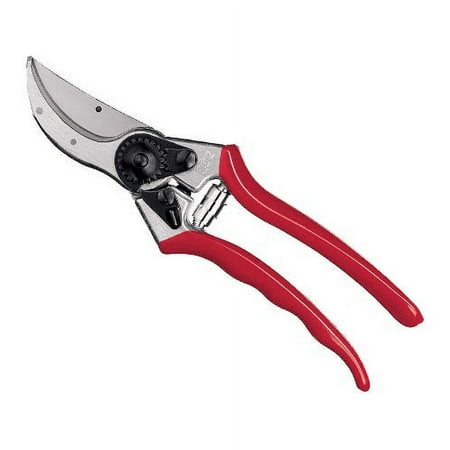
Classic bypass pruner that is appreciated by professional pruners. The steel anvil blades contain a sap groove and it has a .98 inch cutting diameter
FAQs
Can you prune roses in July?
Rose pruning is done in late winter or early spring when the growth is starting for the new season. The only types of pruning that should be done in July are to deadhead roses and remove any dead, damaged, or diseased branches.
July can be a busy month, there is lots to do in any garden. For more inspiration on tasks to do this month, see our guide to flowers to plant in July, plants to fertilize in July, annuals to sow in July and vegetables to sow this month to fill your beds and borders this year and for many more to come.
Sign up to the Homes & Gardens newsletter
Design expertise in your inbox – from inspiring decorating ideas and beautiful celebrity homes to practical gardening advice and shopping round-ups.

Drew’s passion for gardening started with growing vegetables and salad in raised beds in a small urban terrace garden. He has worked as a professional gardener in historic gardens and specialises in growing vegetables, fruit, herbs, and cut flowers as a kitchen gardener. That passion for growing extends to being an allotmenteer, garden blogger, and producing how-to gardening guides for websites. Drew was shortlisted for the New Talent of the Year award at the 2023 Garden Media Guild Awards.
-
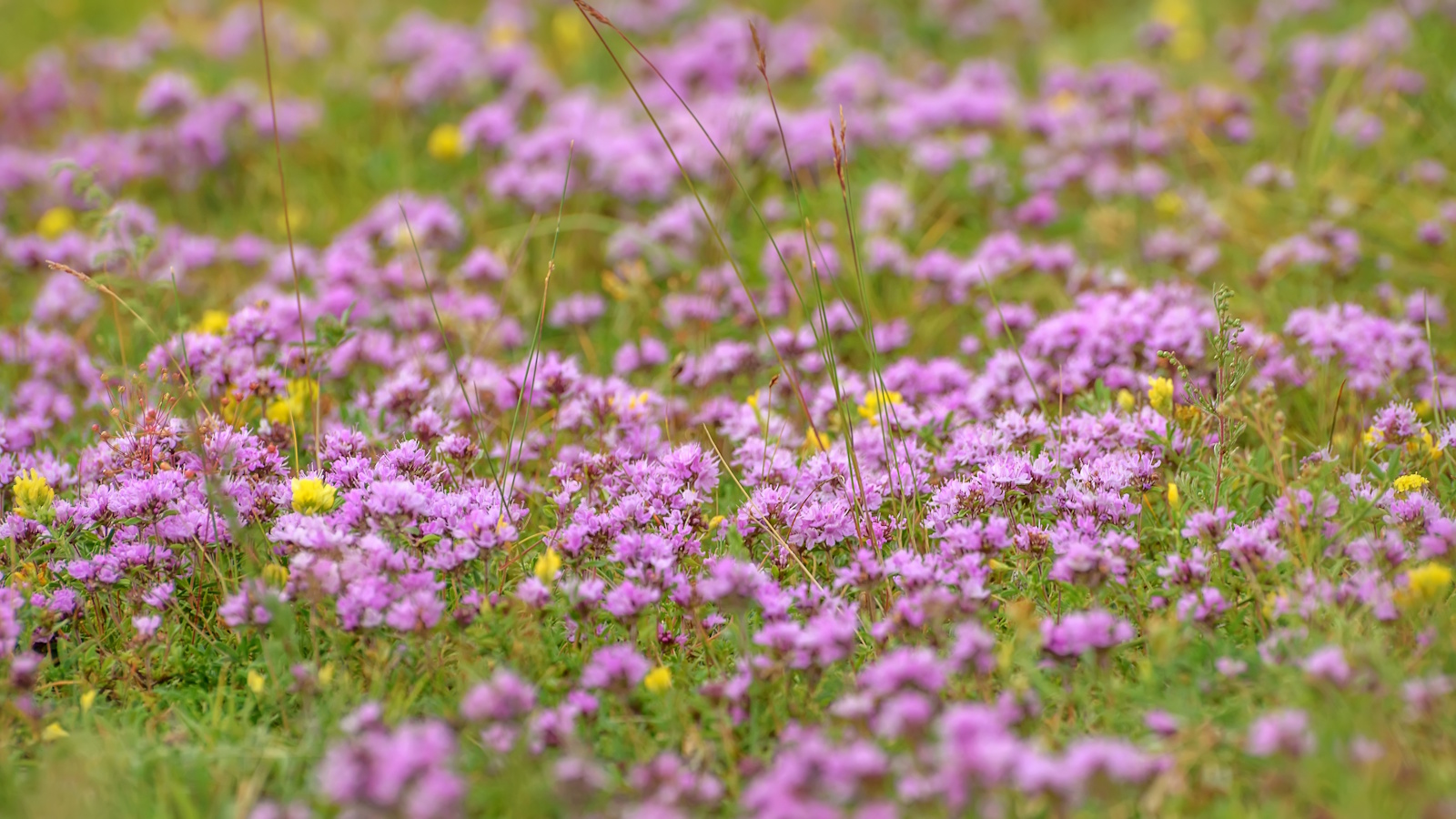 5 fast-growing tiny flowers – expert recommendations to fill your pots and borders with color in record time
5 fast-growing tiny flowers – expert recommendations to fill your pots and borders with color in record timeThese fast-growing tiny flowers prove that miniature can also be marvelous
By Thomas Rutter
-
 Midimalist kitchens are the trending way to create a characterful yet clutter-free space – and these 8 spaces prove how chic this best of both worlds style can be
Midimalist kitchens are the trending way to create a characterful yet clutter-free space – and these 8 spaces prove how chic this best of both worlds style can beIt's the go-to kitchen style for a balance of busy and simplistic design
By Molly Malsom
